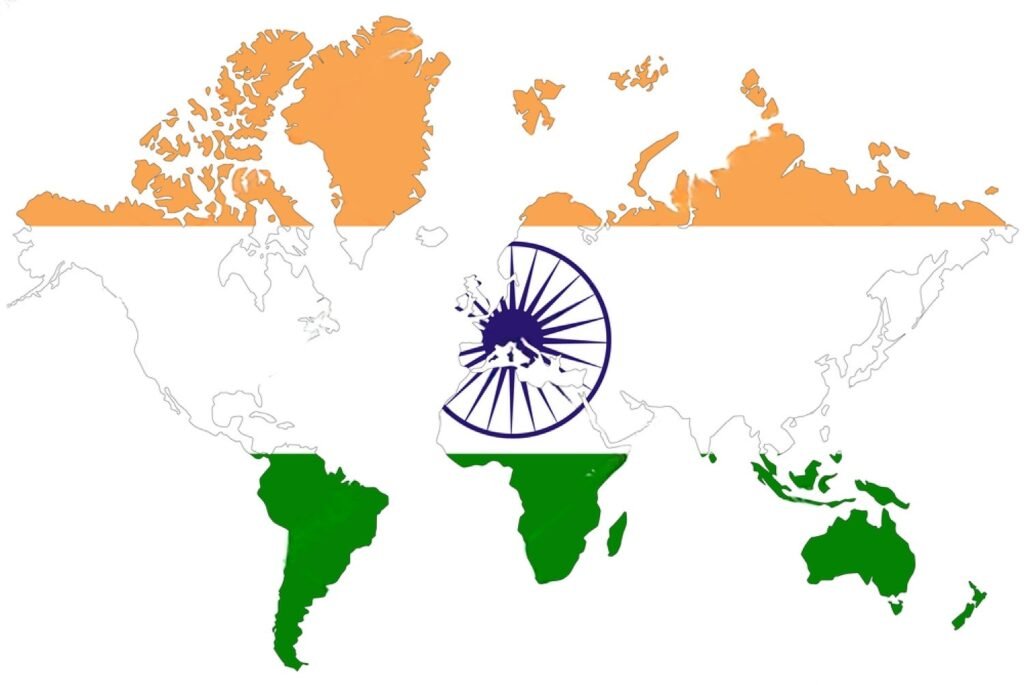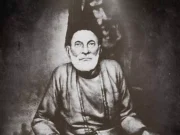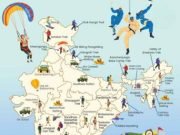Migration has been a defining aspect of human history, with millions moving across borders in search of better opportunities, stability, and prosperity. In this global migration trend, India stands out as the origin of the largest international migrant population, with a vast diaspora spread across continents.
India: The World’s Largest Source of International Migrants
According to the UN World Migration Report 2024, nearly 18 million Indians have migrated abroad, making India the leading country of origin for international migrants. Additionally, as per India’s Ministry of External Affairs (MEA), the total number of overseas Indians is approximately 35.42 million, which includes:
- 15.85 million Non-Resident Indians (NRIs) – Indian citizens living abroad
- 19.57 million Persons of Indian Origin (PIOs) – Individuals of Indian ancestry who have acquired foreign citizenship

The reasons for this large-scale migration are diverse—ranging from employment and education to business, family reunification, and historical migration patterns.

Top 10 Countries with the Largest Indian Population (As of May 2024)
Here’s a look at the 10 countries that host the largest Indian diaspora in the world:
1. United States – 5.4 million
The United States has the largest Indian population abroad, with 5.4 million Indians residing in the country. Indians make up about 1.6% of the 345 million U.S. population. Indian Americans are among the highest-earning ethnic groups, excelling in fields like technology, medicine, and business.
Notably, Indian-origin executives like Sundar Pichai (Alphabet/Google) and Satya Nadella (Microsoft) lead some of the world’s biggest companies, while over 20 Fortune 500 CEOs are of Indian descent.
2. United Arab Emirates – 3.5 million
The UAE is home to 3.5 million Indians, forming the largest expatriate group in the country. Many Indians work in industries like construction, healthcare, IT, and finance. The UAE’s favorable investment policies, tax-free salaries, and business opportunities continue to attract Indian professionals and entrepreneurs.
3. Saudi Arabia – 2.8 million
With 2.8 million Indians, Saudi Arabia is a major destination for skilled and semi-skilled Indian workers in sectors like oil, healthcare, and construction. The Indian workforce plays a crucial role in Saudi Arabia’s economic growth, and remittances from the country significantly boost India’s economy.
4. Malaysia – 2.7 million
Malaysia has a strong historical Indian presence, with 2.7 million Indians making up about 7% of the country’s population. Most are descendants of Tamil laborers brought during British colonial rule. Today, they are active in business, politics, and education.
5. United Kingdom – 2.5 million
The UK hosts 2.5 million Indians, making up about 3.7% of the total UK population. The Indian community in Britain is known for its strong economic and political influence, with Indian-origin leaders like Rishi Sunak serving as Prime Minister. Many Indian immigrants are in finance, healthcare, and IT sectors.
6. Canada – 2.4 million
Indians make up 2.4 million people in Canada, accounting for about 6.2% of its total population. Canada’s immigration-friendly policies, strong job market, and high quality of life attract thousands of Indians each year. Cities like Toronto, Vancouver, and Calgary have thriving Indian communities.
7. Sri Lanka – 1.9 million
Indians in Sri Lanka, primarily of Tamil descent, number around 1.9 million. Many are descendants of Indian laborers brought by the British to work on tea plantations. The Indian diaspora continues to play a significant role in the country’s economy and culture.
8. South Africa – 1.5 million
South Africa is home to 1.5 million Indians, largely concentrated in Durban, making it one of the largest Indian communities outside of Asia. Most are descendants of indentured laborers who arrived in the 19th century, and they now contribute significantly to commerce, politics, and sports.
9. Myanmar – 1.4 million
With 1.4 million Indians, Myanmar has a long history of Indian migration, dating back to British rule. Indians have historically been involved in trade, business, and administration in Myanmar.
10. Kuwait – 1.2 million
Kuwait has a large Indian workforce, with 1.2 million Indians employed in oil, construction, healthcare, and business sectors. The strong economic ties between India and Kuwait continue to drive migration to the Gulf nation.
Why Do Indians Migrate?
The massive Indian diaspora exists due to several key reasons:
- Economic Opportunities: Many Indians migrate to countries like the U.S., UAE, Canada, and Saudi Arabia for better job prospects and higher wages.
- Education: Countries like the U.S., UK, and Canada attract thousands of Indian students annually for higher education.
- Historical Migration: In countries like Malaysia, Sri Lanka, and South Africa, Indian migration dates back to British colonial rule.
- Government Policies: Nations like Canada and Australia actively welcome skilled Indian professionals through immigration-friendly policies.
- Business & Investments: The UAE and the U.S. provide attractive opportunities for Indian entrepreneurs.
Indians Making a Global Impact
Indian-origin individuals have significantly contributed to politics, business, science, and entertainment worldwide. Some notable examples include:
- Sundar Pichai (CEO of Alphabet/Google)
- Satya Nadella (CEO of Microsoft)
- Rishi Sunak (Prime Minister of the UK)
- Kamala Harris (U.S. Vice President, of Indian-Jamaican descent)
India’s global diaspora is not just the largest in the world but also one of the most influential. From technology hubs in Silicon Valley to construction projects in the Middle East, and political leadership in the UK, Indians have made their mark globally.
As migration trends continue, the Indian diaspora is expected to grow and thrive, strengthening India’s cultural, economic, and diplomatic ties with the world.







































